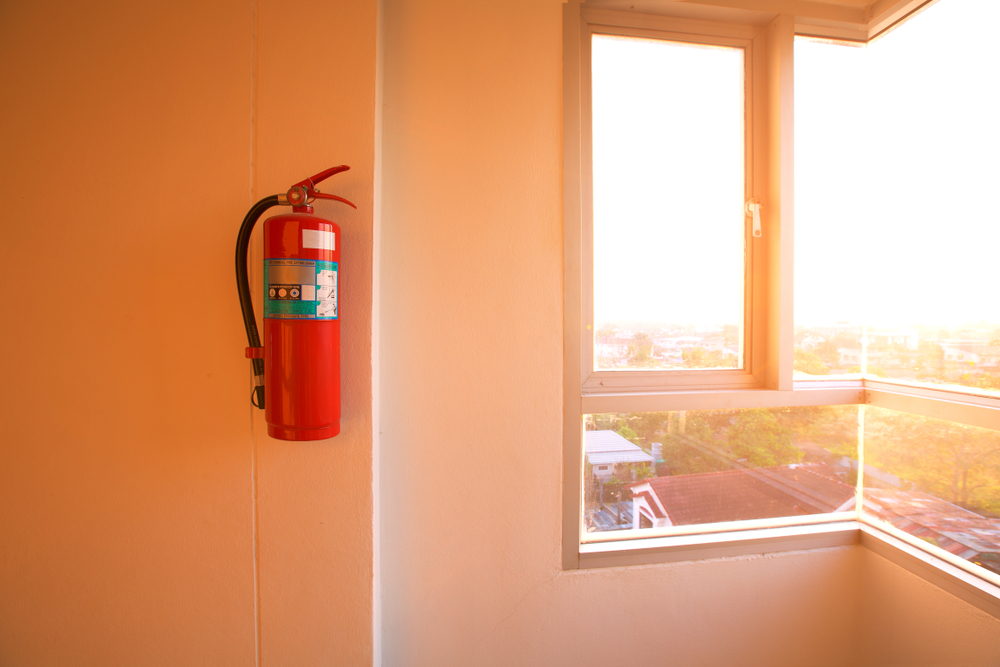Portable fire extinguishers are most commonly used in homes and offices. This is equipment that can easily go unnoticed until a fire incident arises. You may assume that the unit is always ready and waiting to put off a fire during an emergency. However, lack of inspection and maintenance can affect the operation of your fire extinguisher. It could fail when you need it to work the most. You could even be at risk of injury when attempting to use a fire extinguisher that hasn’t been recently serviced.
Dry chemical fire extinguishers have a pressure gauge which indicates whether the unit is at the right pressure level. A unit that isn’t properly pressurized is dangerous and may not work when you need it to. If the pressure gauge is pointing to ‘recharge’ it’s a sign that there’s minimal extinguishing agent and that the unit needs a refill. When pressure is too low, the extinguisher won’t expel the contents required to put off the fire.
What causes fire extinguishers to lose pressure over time?
Portable fire extinguishers consist of a metal cylinder that’s filled with water or an extinguishing agent (which is a chemical material). The contents of the fire extinguisher are pressurized with an expellant gas within the cylinder. Most commonly used pressurizing gas is dry nitrogen. The extinguisher has components such as the valve, which helps to prevent the compressed gas from escaping.
With time, the fire extinguisher develops a slow leak and needs to be refilled. These leaks cause the gas to be released resulting in depressurization. Leaks can develop due to issues like a damaged valve or valve component. Slow leaks can also be caused by deep cuts on the cylinder itself.
Why is depressurization dangerous?
Some fires cannot be extinguished with water and you need the correct extinguisher to save your property and protect lives. When a fire extinguisher lacks adequate pressure to push out its contents, it’s typically inoperable. The extinguishing agent cannot be expelled when there’s a fire emergency. With incipient-stage fires, a quick response is key. If you have a fire extinguisher in your building that doesn’t have enough pressure, it simply increases the risk of a small fire getting larger and becoming more difficult to control.

What to do in case of depressurization
Fortunately, you can quickly identify depressurization by performing a visual inspection. Check the pressure gauge to ensure it’s at the proper level. You can also look out for signs of damage such as scratches and deep cuts on the cylinder.
If you perform a visual inspection and notice that the unit is in the ‘’recharge’’ or ‘’over pressurized’ range, call a professional to perform a fire extinguisher recharge. The refilling process is simple and quick and it requires minimal time and cost. If you suspect that your extinguisher is damaged or hasn’t been serviced in a long time, you can also call a fire protection professional to advise on the next steps.





